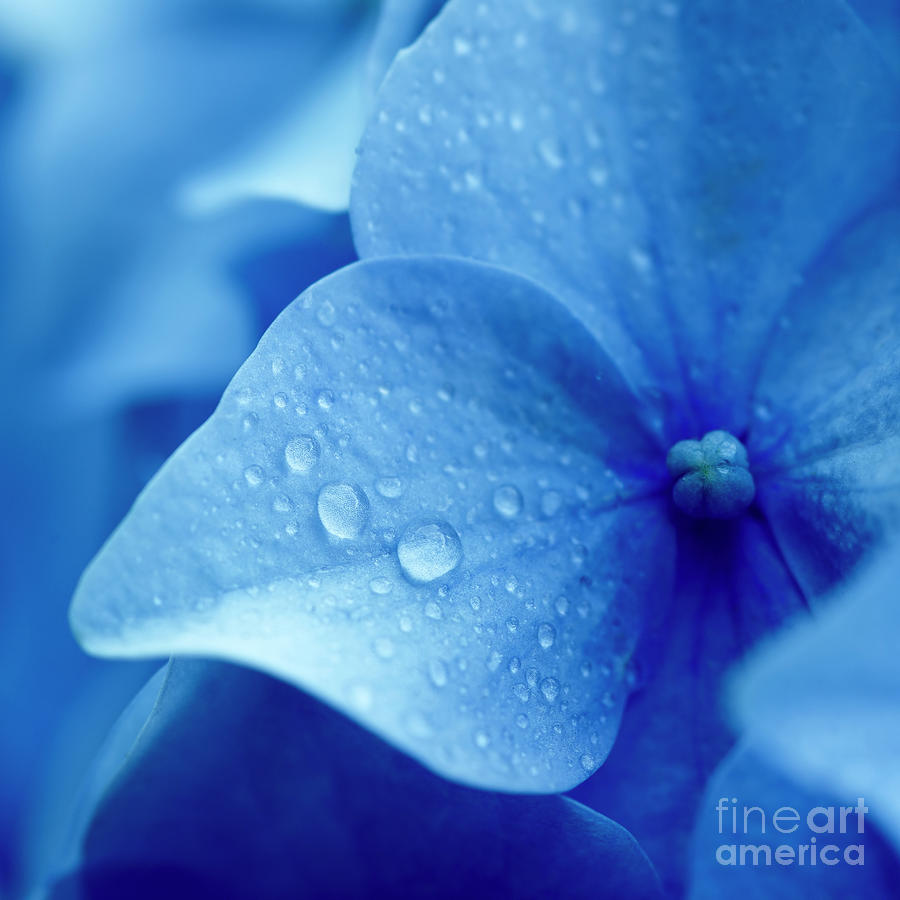Blue Hydrangea Flowers: The Perfect Addition To Your Summer Garden
Blue Hydrangea Flowers: The Perfect Addition to Your Summer Garden
Hydrangeas are one of the most popular flowering shrubs in the world, and for good reason. They are known for their large, showy blooms that come in a variety of colors, including blue, pink, purple, and white. Blue hydrangeas are particularly popular, as they add a touch of elegance and sophistication to any garden.
If you are thinking about adding blue hydrangeas to your garden, there are a few things you need to know. First, blue hydrangeas need acidic soil in order to produce their best color. You can test the pH of your soil using a simple kit available at most garden centers. If your soil is alkaline, you can add sulfur or peat moss to lower the pH.
Second, blue hydrangeas need full sun to partial shade. They will tolerate some afternoon shade, but they will not bloom as well if they are in full shade all day.
Third, blue hydrangeas are relatively drought tolerant once they are established. However, they will appreciate regular watering during the first year or two after planting.
With a little care, blue hydrangeas can thrive in your garden for many years. They are a beautiful and long-lasting addition to any landscape.
Here are some of the benefits of adding blue hydrangeas to your summer garden:
- They are beautiful and elegant. Blue hydrangeas have large, showy blooms that add a touch of elegance and sophistication to any garden. They come in a variety of shades of blue, from light sky blue to deep royal blue.
- They are relatively easy to care for. Once blue hydrangeas are established, they are relatively drought tolerant and can thrive in a variety of soil conditions. They do need acidic soil in order to produce their best color, but you can easily adjust the pH of your soil with sulfur or peat moss.
- They are long-lived. With proper care, blue hydrangeas can live for many years. This makes them a wise investment for your garden.
- They are versatile. Blue hydrangeas can be used in a variety of settings. They can be planted in beds, borders, or containers. They can also be used as a focal point in your garden or as a background plant.
- They attract pollinators. The blooms of blue hydrangeas are a favorite of bees and butterflies. This makes them a great addition to any garden that is designed to attract pollinators.
If you are looking for a beautiful, easy-care, and long-lived addition to your summer garden, blue hydrangeas are a great option. With their stunning blooms and versatility, they are sure to add a touch of elegance and sophistication to your landscape.
Here are some tips for planting and caring for blue hydrangeas:
- Plant blue hydrangeas in the spring or fall. This will give them time to establish themselves before the summer heat.
- Choose a location that receives full sun to partial shade. Blue hydrangeas will tolerate some afternoon shade, but they will not bloom as well if they are in full shade all day.
- Prepare the soil by adding organic matter, such as compost or peat moss. This will help to improve drainage and add acidity to the soil.
- Water blue hydrangeas regularly, especially during the first year after planting. Once they are established, they are more drought tolerant.
- Fertilize blue hydrangeas in the spring with a fertilizer that is high in nitrogen. You can also add mulch around the base of the plant to help retain moisture and suppress weeds.
- Prune blue hydrangeas in the spring. This will help to promote new growth and encourage flowering.
With proper care, blue hydrangeas will thrive in your garden for many years. They are a beautiful and long-lasting addition to any landscape.
Blue hydrangea flowers are a beautiful and popular choice for gardens and bouquets. Their delicate petals and vibrant color can add a touch of elegance to any setting. But did you know that the color of blue hydrangea flowers can actually be changed?
The acidity of the soil in which blue hydrangeas are planted determines their color. In acidic soil, blue hydrangeas will bloom with a deep blue hue. In neutral or alkaline soil, they will bloom with pink or purple flowers.
If you're looking to grow blue hydrangeas in your garden, you can adjust the acidity of the soil by adding aluminum sulfate. This can be done by mixing it into the soil when you plant the hydrangeas, or by applying it as a foliar spray.
You can also purchase blue hydrangeas that have been pre-treated with aluminum sulfate. These plants will bloom with a deep blue color regardless of the acidity of the soil in which they are planted.
For more information about blue hydrangea flowers, including how to grow them and how to change their color, I recommend visiting . This website has a wealth of information on all things hydrangea, including blue hydrangeas.
FAQ of blue hydrangea flowers
Here are the 5 most frequently asked questions about blue hydrangea flowers, along with their answers:
1. What makes a hydrangea blue?
The color of hydrangea flowers is determined by the acidity of the soil. In acidic soil (pH of 5.5 or lower), hydrangeas will produce blue flowers. In alkaline soil (pH of 6.5 or higher), hydrangeas will produce pink flowers. If the soil pH is between 5.5 and 6.5, hydrangeas may produce flowers that are a blend of blue and pink.
2. How do I get my hydrangeas to bloom blue?
If you have hydrangeas that are currently blooming pink, you can try to make them bloom blue by adjusting the pH of the soil. You can do this by adding elemental sulfur to the soil. The amount of sulfur you need to add will depend on the current pH of your soil. You can test the pH of your soil using a soil test kit.
3. What are the best conditions for growing blue hydrangeas?
Blue hydrangeas prefer full sun to partial shade. They also prefer moist, well-drained soil. If you live in an area with hot summers, you may need to water your hydrangeas more frequently.
4. How do I care for blue hydrangeas?
In addition to watering your hydrangeas regularly, you should also fertilize them in the spring and summer. You can use a balanced fertilizer, such as 10-10-10. You should also prune your hydrangeas in the spring to remove any dead or damaged branches.
5. How long do blue hydrangeas bloom?
Blue hydrangeas typically bloom from mid-summer to early fall. The exact bloom time will vary depending on the variety of hydrangea and the climate in your area.
Image of blue hydrangea flowers
5 different images of blue hydrangea flowers from Pinterest:
- A large, lush hydrangea bush covered in blue flowers.

- A close-up of a single hydrangea flower, showing the delicate petals and the blue stamens in the center.

- A bouquet of blue hydrangeas, arranged in a vase.

- A hydrangea flower in a garden, surrounded by other flowers and greenery.
- A hydrangea flower in a vase, sitting on a windowsill.

Post a Comment for "Blue Hydrangea Flowers: The Perfect Addition To Your Summer Garden"